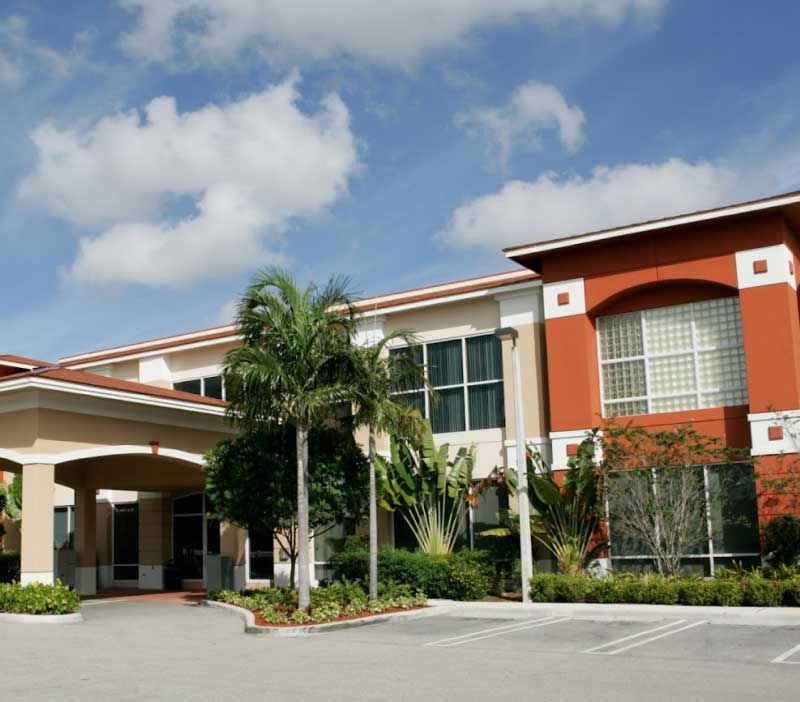Whether in your 20s, 30s, 40s, or older, you must understand that maintaining good oral health is essential for enhancing your overall well-being. Toothaches stemming from any cause are nerve-racking. They don’t only cause discomfort but also affect your professional life by resulting in missed work days. So, to stay happy, active, and productive in both your personal and professional life, it’s essential to address the underlying cause of your toothache. If the pain stems from tooth decay caused by dental cavities, don’t try to subside it temporarily by taking over-the-counter (OTC) medications. Visit your dentist, and let them suggest the best course of action to address your problem.
If the primary cause of your toothache is a pulp infection, your dentist might suggest a root canal procedure. Like most people, if you also think it’s a painful procedure and are skeptical about whether you should go for it, let us tell you clearly, that’s not true. So, before we respond to the primary question this post aims to answer, “Can I go back to work after a root canal procedure?” Let’s discuss the root canal in detail.
Root Canal Details
Is Root Canal Treatment Highly Painful?
One of the most common myths about root canal treatment is that it’s an excruciating procedure. If we talk about today’s time, where endodontists or dentists have access to all the modern tools and techniques, this notion holds no ground; it is entirely baseless. Had we been talking about the era when medical science was yet to witness advancements, this statement would have held some relevance, but in modern times, it’s completely irrelevant.
Although some patients might experience swelling after a root canal procedure, that’s basic. It doesn’t cause any discomfort and starts waning away with proper root canal aftercare.
Does Root Canal Procedure Causes Illness?
Another baseless belief surrounding this dental procedure is that it causes infections or systemic illnesses. This notion has no scientific backing, making it completely irrelevant. Since the dentist considers all the necessary hygiene and safety measures while conducting root canal treatment, there is hardly any question of infection.
Is Root Canal Just a Technique to Relieve Pain?
Although the pain completely subsides after a root canal procedure, it would be unfair to consider this dental procedure a mare pain relieving technique. The primary purpose of administering this technique is to treat the pulp infection to save the tooth eventually.
Is Tooth Extraction a Better Option Than Root Canal?
This statement is illogical. If there are possibilities of saving the natural tooth, why extract it? Since a root canal procedure helps preserve the tooth’s natural structure, it should be your first defense against infection. Ideally, you should only opt for tooth extraction if you face a dental emergency and have no other option.
Can You Talk After Root Canal?
Yes, you can talk after a root canal. The procedure itself doesn’t affect your ability to speak. However, it’s normal to experience some numbness or discomfort in the mouth due to anesthesia, and there might be slight soreness after the procedure. If you’re concerned about talking or have questions about your specific case, it’s best to consult with your dentist or endodontist for personalized advice.
Before proceeding further, we would like to underline if you are looking for a skilled root canal dentist in Boca Raton, FL, please visit Great Boca Smiles. Our dentists are well-qualified and have years of experience performing root canal treatment, ensuring you feel safe and confident during the procedure.
Root Canal Procedure: A Step-by-Step Breakdown
The first and most important thing that we would like to reiterate is if you have been struggling with severe toothache and your dentist suggested a root canal procedure, don’t worry; you are not the only person to undergo this treatment. Every day, countless people across the globe undergo this treatment process. The best part is it is one of the most common and safest dental procedures to protect a badly damaged tooth from decaying completely.
Surrounded by numerous misconceptions, a root canal is a set of dental procedures you must undergo when the pulp, which is the innermost section of the tooth, gets infected severely. The pulp, which consists of nerves, blood vessels, and connective tissues, can get infected due to untreated cavities, tooth cracks, and trauma. These problems lead to infection because they give bacterial access to the pulp. Once bacteria reach the pulp, which resides under the enamel protected by dentin, they start infecting it, leading to abscess formation and severe pain.
Besides, if left untreated, it can also lead to tooth loss. Therefore, dentists recommend root canal treatment, also known as endodontic treatment. In Greek, endodontic treatments are the dental procedures administered to treat the inside of the tooth.
Here is a detailed explanation of the root canal procedure from the very first step to the last one.
The entire treatment involves either one or two visits.
Infected Tooth Diagnosis
The very first step involves the examination of the infected tooth. The dentist will examine the extent of the infection or damage with the help of X-rays. Discovering how badly the pulp is infected helps them decide on further action.
Administering Local Anaesthesia
Once the dentist reaches a diagnosis, they then administer local anaesthesia to numb the infected area. Administering local anaesthesia ensures that the patient doesn’t feel pain and discomfort, allowing them to perform the procedure effectively.
Creating an Opening
Considering that the pulp extends from the crown to the tip of the roots, the dentist opens the crown to access the pulp. They use specialized tools to reach the pulp through that opening.
Cleaning Pulp Chamber
After creating the opening, the dentist cleans the chamber. They remove the infected pulp from root canals with specialized tools. Removal of infected pulp doesn’t affect the tooth. Although it’s significant during the growth stage of the tooth, once the tooth is mature, the pulp doesn’t play any important role, so its removal doesn’t affect the tooth.
Filling Root Canals
After removing infected pulp from root canals, the dentist disinfects the area, shapes it, and fills it with a biocompatible material.
Based on the damage to the tooth’s visible part, the dentist might suggest placing a crown or other restoration.
What To Expect After A Root Canal?
Your root canal recovery timeline depends on how effectively you navigate the recovery process. You must follow your dentist’s advice to return quickly to normalcy. Here is what to expect after a root canal procedure and how to recover quickly.
Manage Pain Effectively
Most patients only experience mild pain and discomfort, which subsides with the medications prescribed by their dentist. In case you experience the same, take the medications prescribed by your dentist, or you can also rely on over-the-counter medicines.
Rest for a Few Hours

Since the dentist administers local anaesthesia, you might feel numb for a few hours. Therefore, it’s better to refrain from engaging in strenuous activities right after the procedure. Take a few hours’ rest for speedy recovery.
Eat Soft Foods
Avoid foods that require a lot of chewing, as that can lead to pain and discomfort, extending the recovery time. You can eat soft foods like mashed potatoes and yogurt. You can also rely on smoothies, bananas, avocados, etc. Besides, you should also avoid consuming excessively hot and cold beverages like tea and cold coffee.
Follow a Good Oral Hygiene Routine
Proper oral hygiene plays a world of difference in keeping infections at bay and speeding up recovery. Stick to gentle brushing and flossing to avoid bacterial buildup, which can cause various problems.
What can you not do after a root canal?
After a root canal procedure, it’s important to follow post-treatment care guidelines for optimal healing. Here are some things you should avoid:
- Eating Immediately: Avoid eating until the numbness wears off to prevent unintentional biting of the treated area.
- Hard or Crunchy Foods: Stay away from hard or crunchy foods that may exert pressure on the treated tooth, potentially causing discomfort or damage.
- Chewing on the Treated Side: Initially, avoid chewing on the side of the mouth where the root canal was performed to prevent unnecessary stress on the treated tooth.
- Hot Foods and Drinks: As your tooth may be sensitive after the procedure, it’s advisable to avoid extremely hot foods and beverages that could cause discomfort.
- Strenuous Physical Activities: If the root canal is part of a larger dental restoration, avoid strenuous physical activities for a short period to prevent dislodging temporary crowns or restorations.
- Alcohol and Tobacco: Limit alcohol consumption, and if you smoke, try to avoid it, as both can hinder the healing process.
- Ignoring Pain or Discomfort: If you experience prolonged or severe pain, swelling, or any other unusual symptoms, contact your dentist promptly.
Always follow the specific instructions provided by your dentist, and attend any follow-up appointments to ensure proper healing and long-term success of the root canal treatment.
If you follow the instructions mentioned above carefully, you can return to work the next day. Although the recovery depends on numerous factors, such as the complexity of the case and the overall fitness level of the patient, in most cases, it just takes one day. As we wrap up this post, we would like to stress once again that if you need a root canal in Boca Raton, FL, Great Boca Smiles, a renowned clinic, is the place to visit for expert care.

